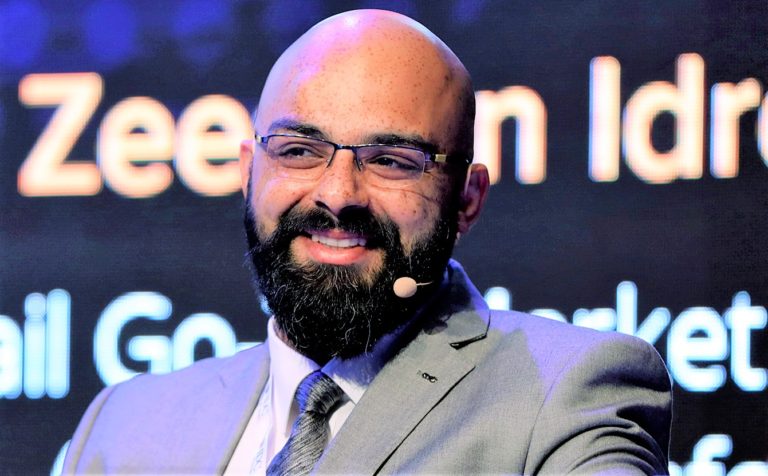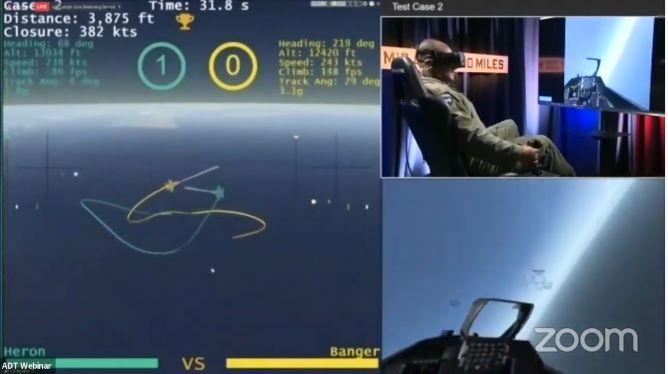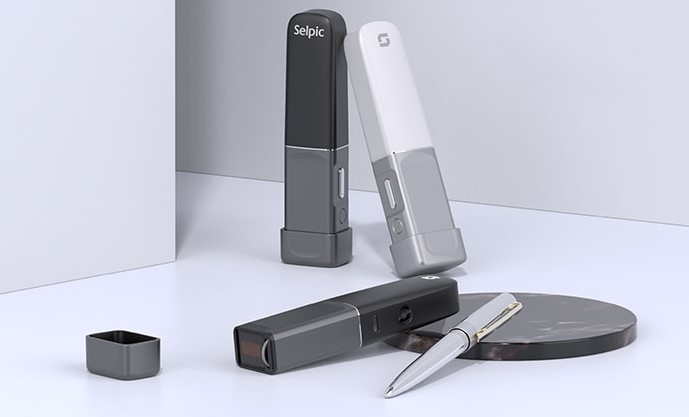- Companies need to transform faster than ever and they don’t have an option anymore, regional head says.
- Companies are stressed and automation, especially RPA, is one of the very few programs where the returns are quite quick.
- Companies are using RPA and other intelligent automation technologies to address new business and market pressures stemming from Covid-19.
Dubai: The power of automation in today’s challenging times is becoming not just an engine to drive transformation and efficiencies but has now been elevated to an existential requirement, UiPath regional head said.
“Companies need to transform faster than ever and they don’t have an option anymore. They cannot do lip service to transformation. The interest from companies both big and small, already growing strongly, has increased exponentially since the start of the pandemic,” Karan Dixit, Vice-President for UiPath Middle East and Africa, told TechChannel News.
UiPath is one of the three biggest RPA companies in the world, alongside Automation Anywhere and Blue Prism.
Dixit said the Covid-19 crisis has accelerated adoption of automation in the region.
Organisations across the sectors have had to cope with activity peaks during the pandemic and the lockdowns without being able to rely on extra resources to answer citizen and customer demands.
“The frontline industries, such as healthcare, public sector services and more, have turned to technology to cut down reaction time, while sectors such as retail, banking, education, have had to find the right channels and put in place the necessary framework to allow them to meet their users online,” Dixit said.
Faced with challenges, he said that many organisations have had to speed up the process of putting in place robust technological infrastructures that can support the end-to-end digitalisation of processes, paving the way for automation.
Dixit believes that automation is the future of work, and this belief is rooted in the present, which shows there is solid adoption across all markets and in workplaces and companies from all business sectors.
“Companies are stressed and automation, especially RPA, is one of the very few technologies where the return on investments is quite fast. Moreover, RPA implementations are quick to deploy and the gains can be quantified very easily,” he said.
However, he said that the Middle East is a unique region with its unique requirements.
The region has perhaps the most progressive Government, he said and they have been a huge proponent of next-generation technologies.
Opportunities far outweigh challenges
Given the strong integration between AI and RPA, “we are seeing them not just as a sponsor but also as a leading customer segment.
The opportunities today in the region far outweigh any challenges.
With a growing partner ecosystem, an established and fast-growing customer base and truly industry-leading technology, we are increasing our investments on the ground to support the growth that we are seeing,” Dixit said.
Today, he said that there is a strong consensus among the analysts surveying the automation landscape that RPA is a “central and essential component” of a larger automation ambition.
However, he said there is not yet a full agreement on the terms to be used, e.g. intelligent automation, intelligent RPA or hyperautomation.
Recent research from Zinnov puts together the ingredients of end-to-end intelligent/hyperautomation and they include – democratization, platformisation and ecosystem development.
While UiPath has made democratisation of RPA knowledge a core pillar of its vision, Dixit said the launch of the industry’s first platform built for end-to-end hyperautomation has placed UiPath in a great position to continue to sustain its leadership of the market.
Moreover, Zinnov’s analysis sizes the total addressable market (TAM) for hyper-intelligent automation at $65 billion, with estimated enterprise spend in 2025 at $42 billion—a 55% compound annual growth rate (CAGR) for 2020-2025.
Zinnov’s research acknowledges that despite overall IT setbacks due to the ongoing 2019 novel coronavirus, customer interest and adoption for hyper-intelligent automation is accelerating.
Key areas that automation tackles
Dixit said that there are four key areas that automation tackles and they are key for ensuring business resilience and continuity:
- It accelerates digital transformation, and companies are already well aware of their need to either continue at full speed or start already.
- It enhances customer experience, and this is key for remaining competitive in the market.
- It improves employee satisfaction – focusing on upselling, billing, consulting value-added work.
- It removes risk & increases compliance.
Dixit said that UiPath’s automation is built on a collaborative model that puts employees at the centre and empowers them to identify areas for improvement, and either create the software robots themselves or, for more complex automations, entrust their company’s Center of Excellence with developing them.
“We have customers who have UiPath Certification Graduations ceremonies and make sure their employees make use of the RPA training opportunities offered by the UiPath Academy, a free online platform to build these skills within the organisation,” he said.
According to recent assessments by research firm International Data Corporation (IDC), he said the rise of cloud computing could provide a buffer against the Covid-19 driven downturn, especially in Saudi Arabia.
Accordingly, he said that businesses are now focusing more on “sustaining operations” and are using cloud computing to do so.
According to IDC, flexible, scalable cloud services are among the few technology segments expected to continue clocking positive double-digit growth across SaaS, IaaS and PaaS [software, infrastructure and platform as a service] in 2020.
However, he said that UiPath’s cloud strategy is not just limited to AWS or Azure and it goes deeper than that.
UiPath offers its platform as a SaaS service that customers can use in the region.
One robot for every person
“Our goal is to have a software robot assisting users in their day-to-day tasks, taking away the tedious, repetitive work, and allowing you to focus on the most productive and creative areas,” Dixit said.
UiPath’s co-founder and CEO Daniel Dines shared the company’s vision to enable and offer “a robot for every person” in 2018. Referencing Bill Gates’ vision to deliver ‘a computer on every desk’, Dines then said: “Our vision is a continuation of this idea, to have one robot for every person.”
One big pillar of that vision, Dixit said is UiPath’s commitment to democratise the access to automation and via its UiPath Academy, launched in 2017, and Academic Alliance program.
The UiPath Academy offers free online training in RPA to anyone interested in training and reskilling for the jobs of today and tomorrow.
Academy training courses prepare professionals for the roles required to build an RPA Centre of Excellence within an organisation, including RPA developers, solution architects, infrastructure engineers, implementation managers and business analysts.
Dixit said that more than 700,000 individuals around the world have enrolled in UiPath Academy since its launch in 2017.
Through the Academic Alliance, He said that they partner with leading institutions, universities and colleges, and together craft the global RPA knowledge ecosystem.
The hottest topic in the automation space is hyperautomation, he said and it is recognised by research firm Gartner as the top trend on its list of “Top 10 Strategic Technology Trends for 2020”.
Strong annual recurring revenue
Keeping RPA at its core, hyperautomation brings together several components of process automation and integrates technologies and tools that amplify the ability to automate work, such as artificial intelligence (AI), machine learning (ML), natural language processing (NLP), intelligent optical character recognition (OCR) and AI computer vision.
“UiPath has significantly expanded the scope and capabilities of what an RPA platform can deliver, new capabilities that support every phase of the automation lifecycle. We have all of these technologies in one platform and customers can pick and choose what they want to use and when they want to use,” he said.
The company is now speeding up its plans for an initial public offering in the US by next year.
The New York-based company raised $225 million in its latest fundraising and has now raised more than $1.2 billion to date.
Dixit said that it has more than $400 million, as of April 2020 and from over $200 million a year ago, in annual recurring revenue (ARR), a metric that measures its predictable revenue from subscriptions and returning customers.
In February, the company announced it closed 2019 with $360 million in ARR.
“At over $400 million in ARR in 2020, UiPath is one of the fastest-growing enterprise software companies worldwide with a strong partner ecosystem,” Dixit said.











